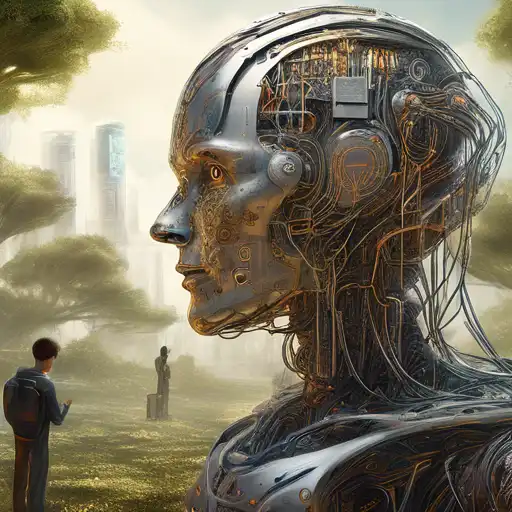Introduction to Natural Language Processing
Natural Language Processing (NLP) stands at the intersection of computer science, artificial intelligence, and linguistics. It's the technology that enables machines to understand, interpret, and generate human language in a way that is both meaningful and useful. From voice-activated GPS systems to customer service chatbots, NLP is revolutionizing how we interact with technology.
How Machines Understand Human Language
At its core, NLP involves the application of algorithms to identify and extract the natural language rules. This process allows computers to process human language in the form of text or voice data and understand its full meaning, complete with the speaker's or writer's intentions and sentiments.
Key Components of NLP
- Syntax Analysis: This involves analyzing the grammatical structure of sentences to understand how words relate to each other.
- Semantic Analysis: This step focuses on the meaning behind words and sentences, ensuring that the machine comprehends the context.
- Pragmatic Analysis: Beyond syntax and semantics, pragmatic analysis deals with the intended meaning, taking into account real-world knowledge.
Applications of Natural Language Processing
NLP has a wide range of applications across various industries. Here are a few examples:
- Healthcare: NLP is used to interpret clinical notes, improving patient care and research.
- Finance: It helps in analyzing market sentiments by processing news articles and reports.
- Customer Service: Chatbots and virtual assistants use NLP to provide instant support to customers.
Challenges in Natural Language Processing
Despite its advancements, NLP faces several challenges, including understanding context, sarcasm, and idioms in human language. Additionally, languages with complex grammar and syntax pose significant hurdles.
The Future of NLP
With the continuous improvement in machine learning models and computational power, the future of NLP looks promising. Innovations like deep learning are pushing the boundaries of what machines can understand, making interactions more natural and intuitive.
As we move forward, the integration of NLP in everyday technology will only deepen, making it an exciting field to watch. Whether it's through enhancing educational tools or creating more responsive virtual assistants, NLP is set to transform our digital experiences.
